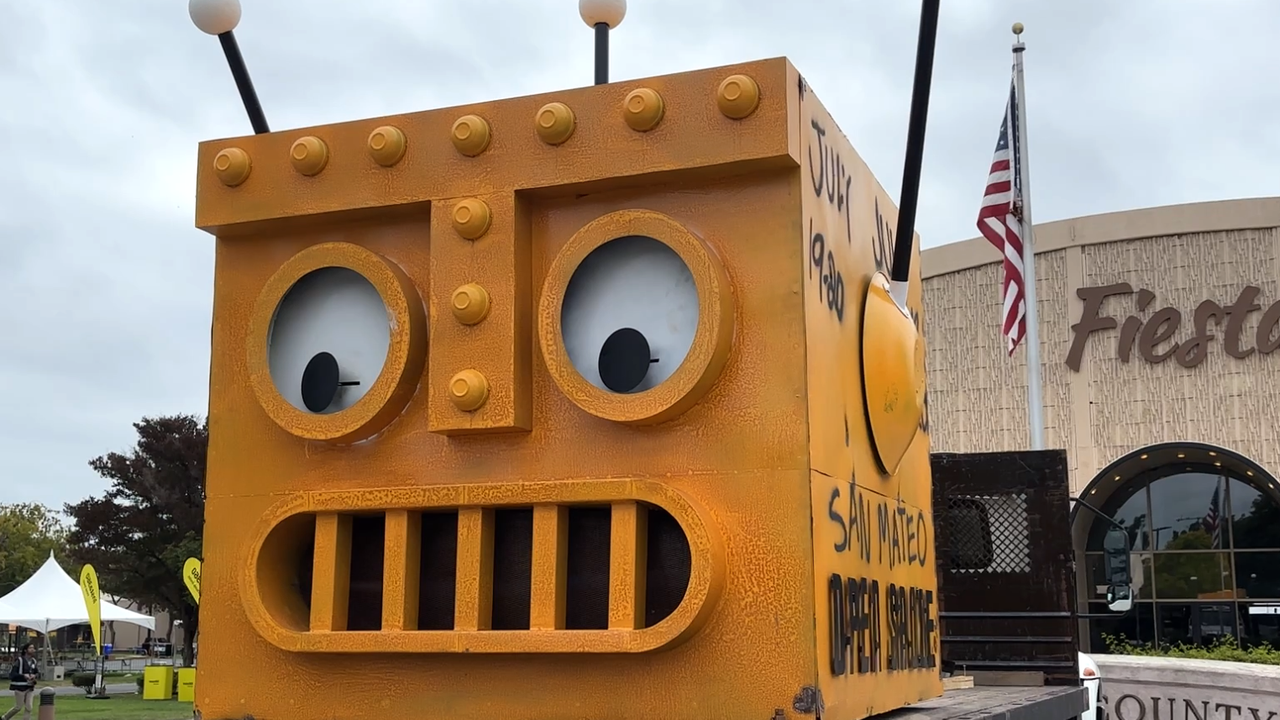Science
Recent Articles
Sort Options:

Inside Open Sauce, a science festival for makers, with over 500 projects on display
Open Sauce creatively merges science and YouTube, delivering an engaging blend of entertainment and education with a dash of mayhem. This innovative platform promises to captivate audiences while exploring fascinating scientific concepts in a fun and accessible way.

A Well-Designed Experiment Can Teach You More Than a Time Machine!
The article explores how well-designed experiments can provide deeper insights than merely understanding counterfactuals, emphasizing the transformative power of experimentation in learning and discovery. The authors highlight the value of practical experimentation in scientific inquiry.

Galileo Galilei And The End Of Science
Recent federal cuts to science funding and staffing are criticized for prioritizing Big Oil over public interests. The authors of CleanTechnica highlight the implications of these decisions on scientific progress and the future of innovation.